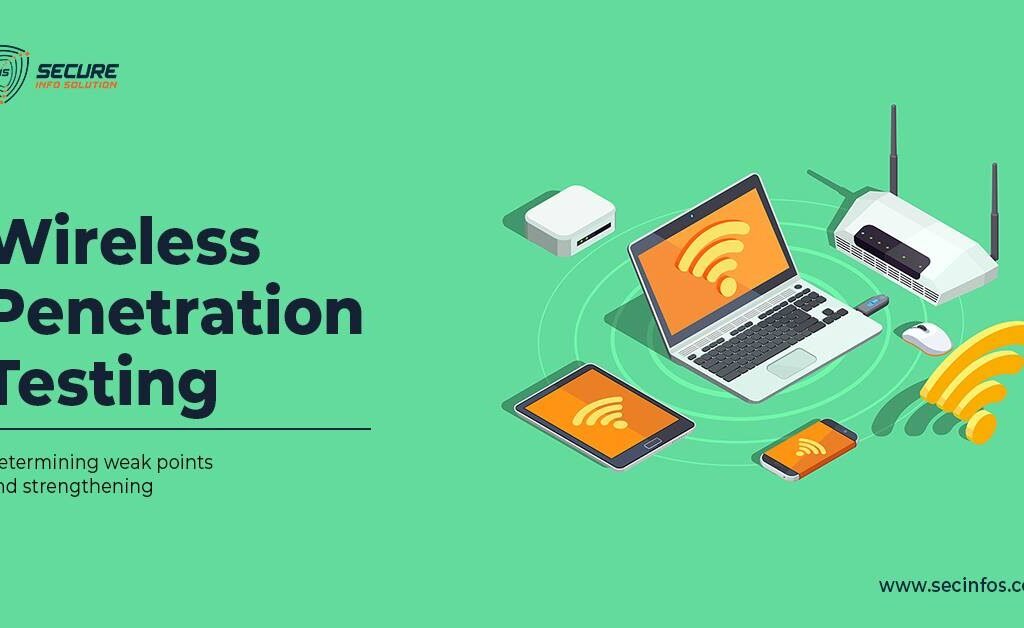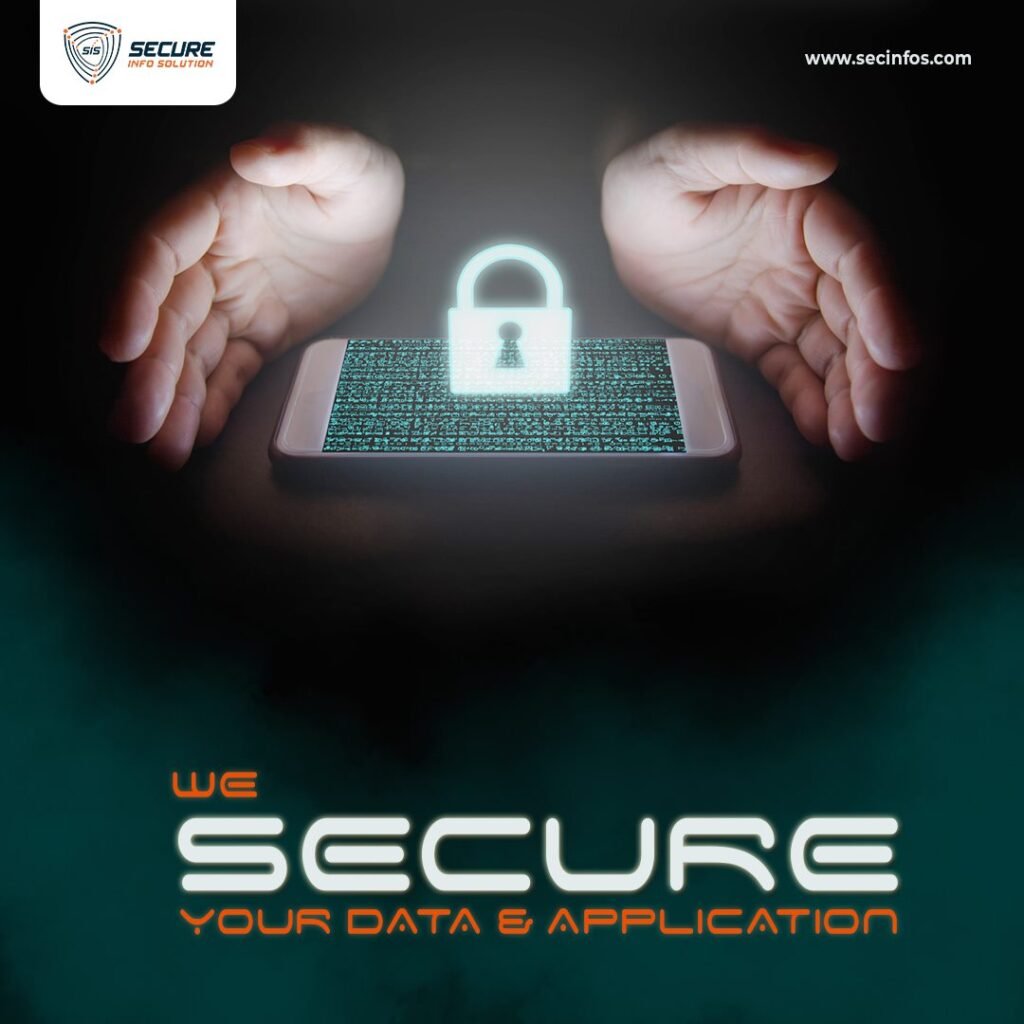
With the rapid advancement of technology, cyber crime has become an ever-growing threat to businesses and individuals alike. Traditional security measures are no longer enough to keep pace with the sophistication of cyber attacks. This is where Artificial Intelligence (AI) comes into play. AI has the potential to revolutionize cybersecurity by providing advanced threat protection, real-time monitoring, and predictive capabilities.
How AI Works in Cybersecurity
AI is designed to analyze large amounts of data and identify patterns and anomalies that might indicate a potential threat. This allows it to detect threats in real-time and respond to them quickly, even before they have a chance to cause harm. Some of the ways AI is used in cybersecurity include:
- Network security: AI can analyze network traffic and identify malicious activity. It can also be used to detect and prevent data breaches by monitoring for anomalies in user behavior.
- Endpoint protection: AI can be used to detect and prevent malicious software from being installed on a computer.
- Malware detection: AI can identify new and unknown threats by analyzing the behavior of files and programs.
- Fraud detection: AI can be used to detect and prevent fraud by analyzing data from multiple sources and identifying suspicious activity.
Benefits of AI in Cybersecurity
The benefits of AI in cybersecurity are numerous. Some of the key benefits include:
- Faster threat detection: AI can detect threats in real-time, reducing the time it takes to respond to a breach.
- Improved accuracy: AI can identify patterns and anomalies that might be missed by traditional security measures. This means that AI is more accurate in detecting threats and reducing false positives.
- Better resource utilization: AI can automate many manual processes, freeing up security teams to focus on more critical tasks.
- Increased efficiency: AI can process large amounts of data quickly, reducing the time it takes to analyze a potential threat.
- Predictive capabilities: AI can predict potential threats based on past behavior and current trends. This allows security teams to proactively address potential threats before they cause harm.
Conclusion:
In conclusion, the use of AI in cybersecurity is rapidly growing, and for good reason. AI has the potential to revolutionize the way we approach cybersecurity, providing advanced threat protection, real-time monitoring, and predictive capabilities. As cyber crime continues to evolve, it’s clear that AI will play an increasingly important role in helping businesses and individuals stay protected.



















